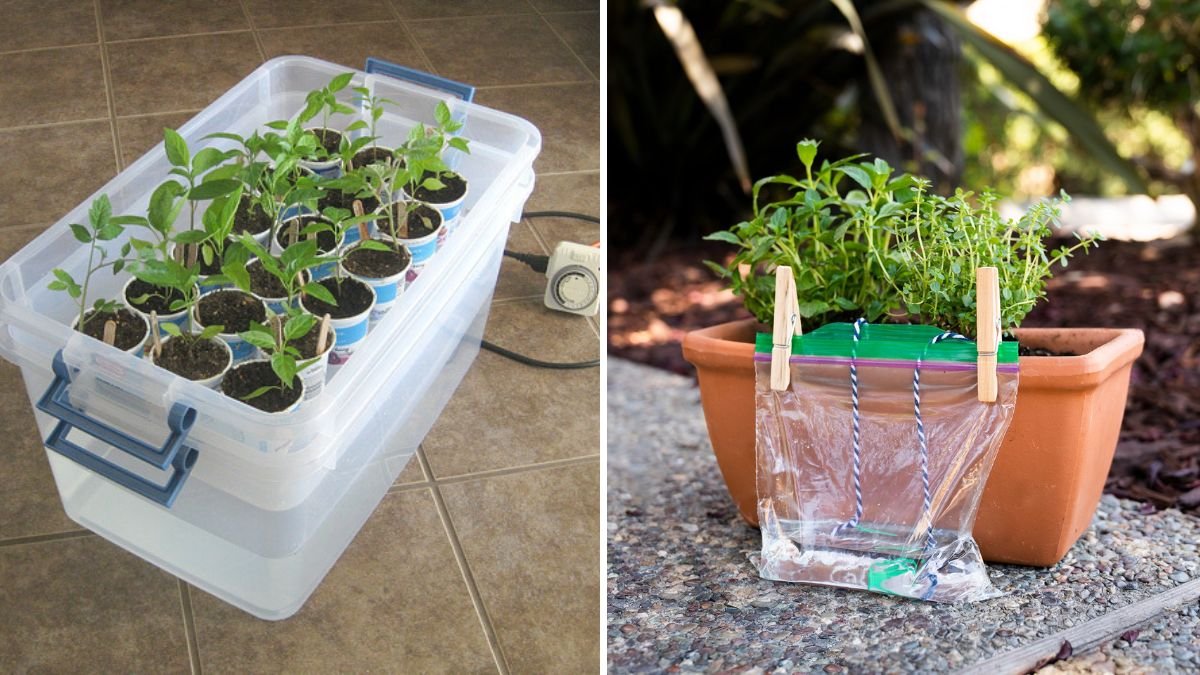Gardening in containers offers flexibility and accessibility, but one of the biggest challenges is keeping plants consistently hydrated. Overwatering can cause root rot, while underwatering can stress plants, reduce growth, and even kill them. A practical solution is a self-watering planter, a container that allows plants to draw water from a reservoir as needed. These planters are ideal for busy gardeners, urban spaces, or anyone looking to reduce daily watering chores.
This detailed guide explores how to create a self-watering planter from scratch, including design principles, materials, step-by-step construction, planting techniques, and maintenance tips.
1. Understanding the Concept of a Self-Watering Planter
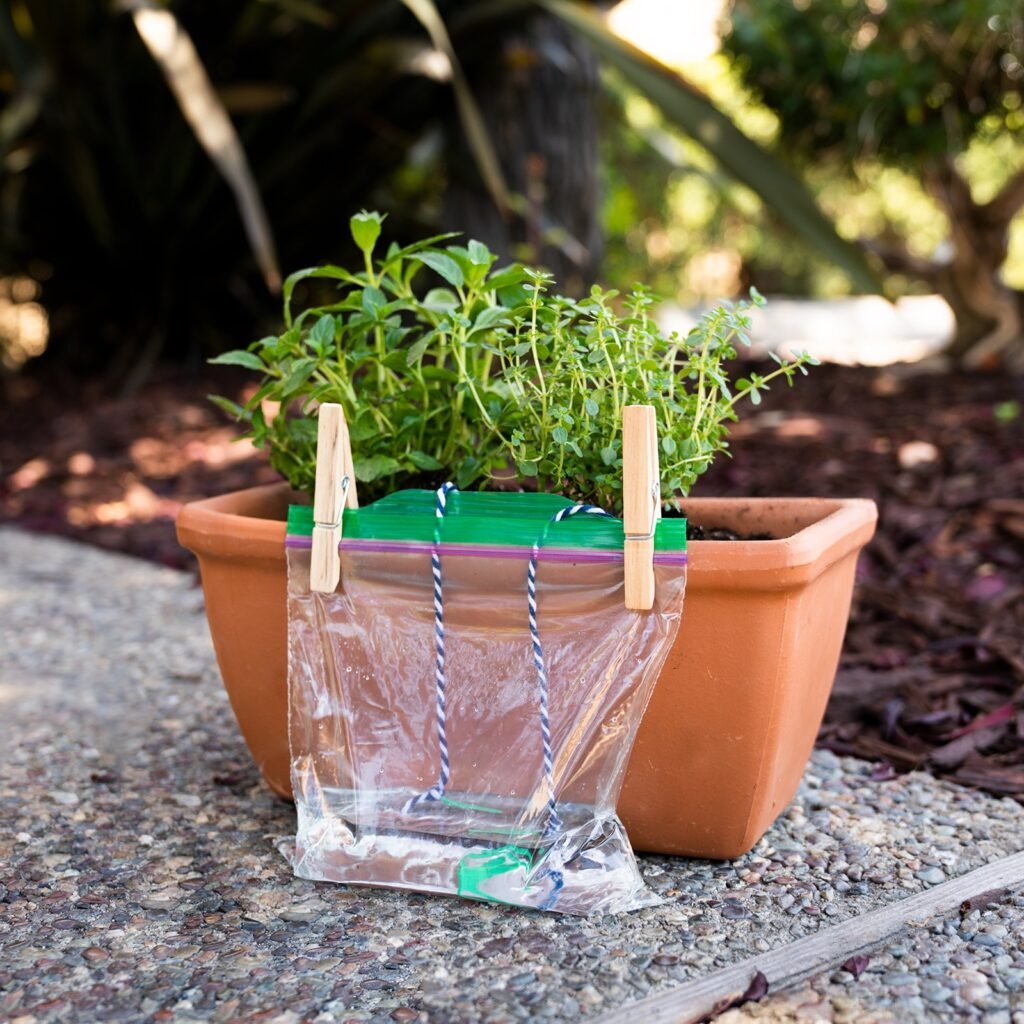
A self-watering planter works on the principle of capillary action, where water is drawn up from a reservoir into the soil as it dries. Key features include:
- Water Reservoir: Stores water at the base of the planter.
- Wicking System: Usually a fabric or porous barrier that transfers water from the reservoir to the soil.
- Overflow Drainage: Prevents overfilling and root saturation.
Benefits of self-watering planters include:
- Reduced watering frequency.
- Improved root hydration.
- Prevention of overwatering and under-watering.
- Ideal for indoor gardening, small spaces, and busy gardeners.
2. Choosing Materials for Your Self-Watering Planter
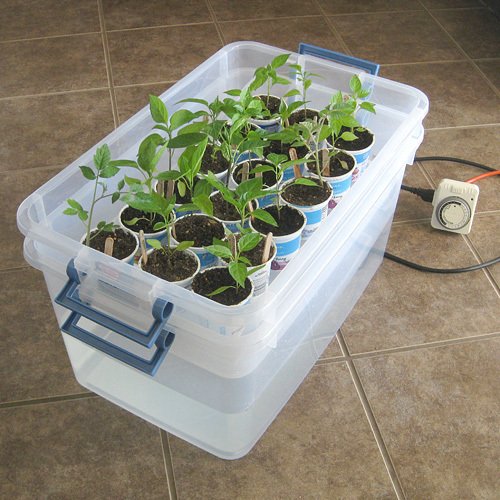
You can create a self-watering planter using materials that are affordable, durable, and safe for plants. Common options include:
- Containers: Plastic, ceramic, or wooden pots. Avoid metals that may corrode.
- Reservoir Material: Plastic bottles, buckets, or small tubs.
- Wicking Material: Cotton strips, nylon ropes, felt, or specialized wicking fabric.
- Support Components: Mesh or plastic grids to separate the reservoir from soil.
Repurposing household items like large soda bottles or storage bins is a cost-effective approach. Ensure all materials are clean and free from toxic residues.
3. Designing Your Self-Watering Planter
Design considerations will determine how effectively the planter functions:
- Size: Ensure the reservoir is large enough for your plant type. Larger plants need bigger reservoirs.
- Depth of Soil: At least 6–12 inches for small herbs, deeper for vegetables or flowering plants.
- Water Access: Include a hole or tube for easy refilling.
- Overflow Prevention: Drill a small hole above the reservoir level to allow excess water to drain.
A well-thought-out design ensures consistent water delivery without waterlogging roots.
4. Step-by-Step Construction
Materials Needed
- Outer container (large pot or bin)
- Inner container (slightly smaller to fit inside the outer container)
- Wicking material (cotton rope, felt, or fabric)
- Mesh or plastic grid to support soil
- Drill or knife for creating holes
Steps
- Create the Reservoir:
- Place the inner container inside the outer container with space at the bottom for water storage.
- Drill holes in the bottom of the inner container to allow water uptake through the wick.
- Install the Wick:
- Thread the wicking material through the holes so that one end sits in the water reservoir and the other in the soil.
- Ensure the wick is long enough to reach water and penetrate the soil adequately.
- Add a Support Grid:
- Place a mesh or grid above the reservoir to prevent soil from falling into the water.
- This also separates roots from sitting directly in water, preventing rot.
- Fill with Soil:
- Use high-quality potting mix with good drainage.
- Fill the inner container above the grid, covering the wick ends in soil.
- Plant Your Greens:
- Choose plants suited to container gardening such as herbs, lettuce, tomatoes, or flowers.
- Plant carefully, ensuring roots make contact with the wicking system.
- Add Water:
- Fill the reservoir through a designated refill hole.
- Monitor initial absorption to ensure the wick draws water properly.
5. Choosing Plants for Self-Watering Planters
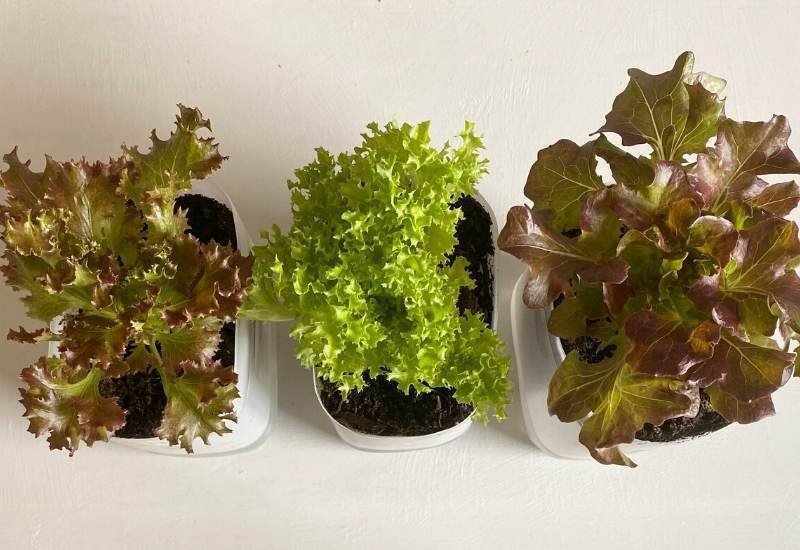
Not all plants thrive in self-watering containers. Best choices include:
- Herbs: Basil, mint, parsley, cilantro.
- Leafy Greens: Lettuce, spinach, kale.
- Vegetables: Cherry tomatoes, peppers, small eggplants.
- Flowers: Petunias, marigolds, begonias.
Avoid plants that prefer dry soil like succulents or cacti, as constant moisture may cause root rot.
6. Watering and Maintenance Tips
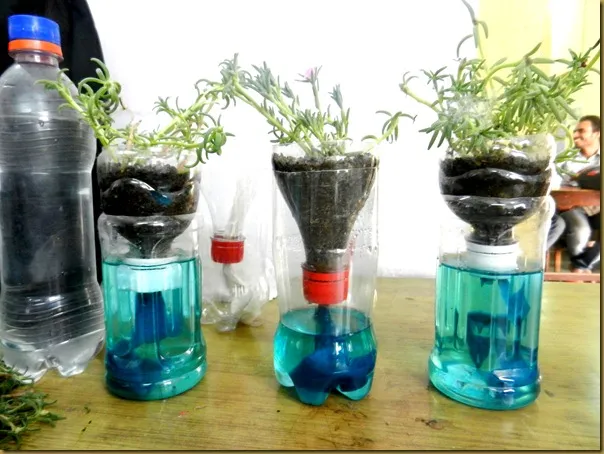
- Refill Regularly: Check the water level weekly; refill as needed.
- Monitor Soil Moisture: Even self-watering planters can experience dry patches at the surface.
- Clean the Reservoir: Prevent algae or mold growth by emptying and rinsing every few weeks.
- Prune Plants: Encourage airflow and prevent overcrowding.
- Check Wicks: Replace if they become clogged or deteriorate over time.
Following these practices ensures consistent hydration without stressing the plant.
7. Advantages of Self-Watering Planters
- Water Conservation: Delivers water directly to roots, minimizing evaporation.
- Convenience: Ideal for gardeners with busy schedules or frequent travel.
- Healthier Roots: Encourages deep root growth and reduces the risk of overwatering.
- Year-Round Gardening: Particularly useful for indoor gardening during dry winters.
- Reduced Maintenance: Less frequent watering and monitoring required.
By creating your own planter, you customize size, design, and materials according to your gardening needs.
8. Common Mistakes to Avoid
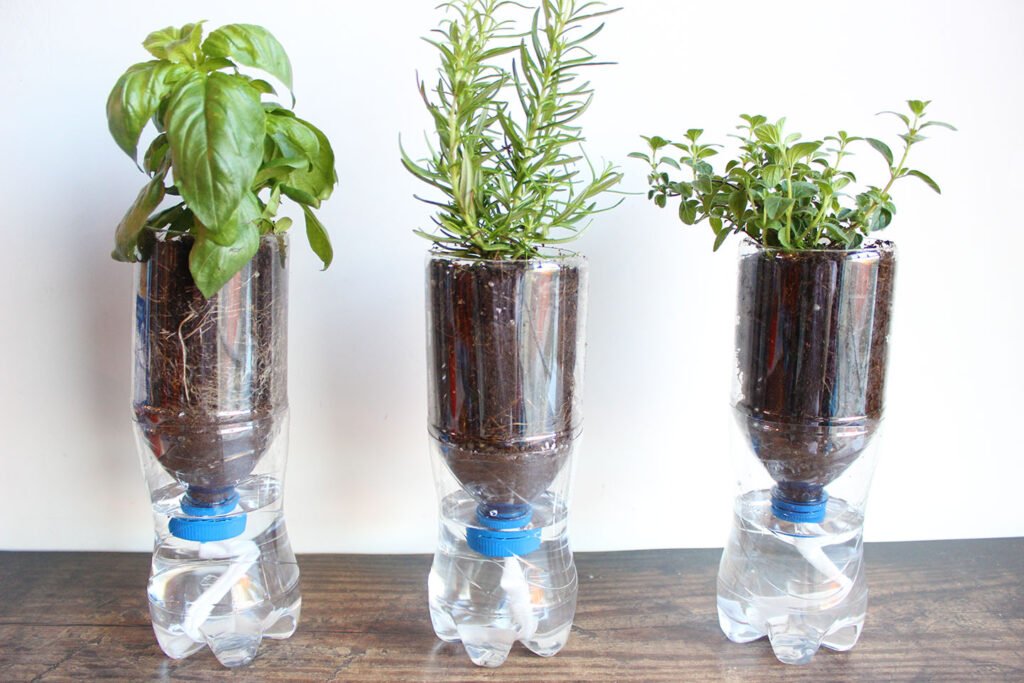
- Using Non-Porous Wicks: Synthetic materials that do not absorb water will fail to transfer moisture.
- Overfilling the Reservoir: Can lead to waterlogged roots. Maintain a proper water level below the soil line.
- Ignoring Soil Quality: Poor soil reduces absorption efficiency and plant health.
- Choosing Wrong Plants: Succulents or cacti may not tolerate constant moisture.
- Neglecting Maintenance: Failing to clean the reservoir or replace wicks can cause mold or algae growth.
Avoiding these pitfalls ensures your self-watering system works efficiently and supports healthy plant growth.
9. Scaling Your Self-Watering Planter
Self-watering planters can be customized for different spaces and plant types:
- Window Gardens: Small containers with shallow reservoirs for herbs.
- Balcony Planters: Long troughs with multiple wicking points for vegetables or flowers.
- Vertical Planters: Stackable containers with shared reservoirs for vertical gardening.
- Large Outdoor Beds: Raised beds with integrated reservoirs for multiple crops.
Scaling designs allows for creative solutions, from compact indoor gardens to extensive outdoor setups.
10. Conclusion
Creating a self-watering planter from scratch is a rewarding project that saves time, conserves water, and promotes healthy, vigorous plants. By following proper design principles, selecting suitable materials, and maintaining the system, gardeners can enjoy thriving indoor and outdoor plants with minimal effort.
Key takeaways:
- Understand the principles of capillary action and plant water needs.
- Use durable materials and a well-designed reservoir-wick system.
- Select plants compatible with consistent moisture.
- Maintain and monitor the system to prevent algae, mold, or clogging.
- Customize your planter for space, plant type, and aesthetic preferences.
With careful planning and construction, a self-watering planter can transform your gardening experience, making it easier to grow herbs, vegetables, and flowers—even in limited spaces or busy schedules.
